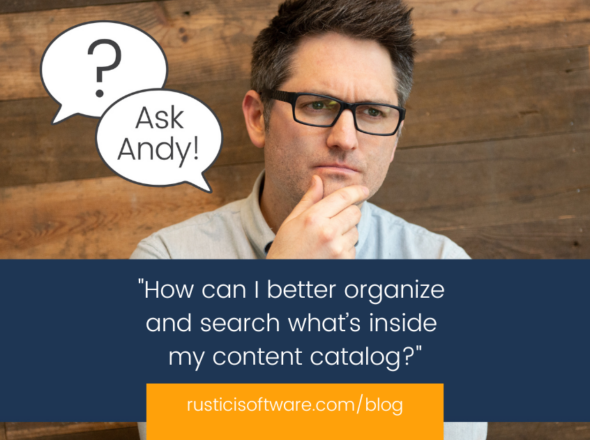As a platform provider, you’re more than likely going to be selling your product into one of two categories: the corporate space or higher education. For providers in the higher education or EdTech space, there’s a good chance you’ve heard about LTI. But if your platform is primarily used in the corporate space, you might not be familiar with LTI or even know how it can help enhance your learning product.
What is LTI?
The IMS Learning Tools Interoperability (LTI®) standard prescribes a way to easily and securely connect learning applications and tools with platforms like learning management systems (LMS), portals, and learning object repositories on your premise or in the cloud, in a secure and standard manner and without the need for expensive custom programming. Using LTI, if you have an interactive assessment application or virtual chemistry lab, it can be securely connected to your LMS with a few clicks. At its core, LTI establishes a secure connection and confirms the tool’s authenticity while the extensions add features like the exchange of assignment and grade data between an assessment tool and your LMS grade book. Read more about LTI.
For years, learning professionals in higher education have been using LTI to connect their learners to LTI-compliant platforms and tools, creating a seamless learning experience for both the learner and the admins implementing the tools.
If you’re building a new learning/training platform and LTI isn’t on your roadmap or you’re still weighing the value, here are 3 reasons why your LMS should become an LTI tool consumer.
Platforms with LTI support provide a better user experience
LTI is based around a single sign-on portal built right into the LMS, so learners and admins don’t navigate away from the platform to consume LTI content. With LTI support in your LMS, learners no longer have to manage separate logins to access different learning tools outside of the LMS, all of the content is kept in one place, and data and results are synced to the LMS. And for LMS admins, implementing new tools and extensions is a breeze, requiring no custom integration work.
LTI isn’t just for the classroom
Corporations and enterprise-level businesses use LTI’s secure, single-sign on ecosystem to manage and administer eLearning across their organizations. And with business-focused LTI tools from Microsoft Office, Google, Zoom, Box, and more, LTI isn’t restricted to use in the higher-ed space. So, whether you’re trying to enter into a new market or future-proof your platform, LTI adoption is growing and here to stay. See all of the IMS-certified LTI tools here.
Adding LTI support into your LMS just got easier
Here at Rustici, we value standards. Since our beginning, we’ve been at the helm as the experts in SCORM, xAPI, AICC, cmi5, and now, LTI. Building an LMS is one thing, maintaining support for the standards is another (and we’re good at that part). As LTI gets new features and functionality, so does your Rustici Engine-powered LMS. Simply, put, our eLearning standards expertise saves you valuable development time, allowing you to really focus on what makes your product unique.
Coming soon: Rustici Engine is getting LTI support
Great news! In the upcoming release of Rustici Engine—Engine 20—we’re adding support as an LTI tool consumer (LTI 1.1 and 1.3). That means your Engine-powered LMS will be able to work with LTI tool providers and track those activities alongside all of your other content that Engine handles.
Subscribe for updates so you can get your hands on the latest version of Engine with LTI support as soon as it’s available.
Not already using Engine? Let’s talk about how Engine can help your platform seamlessly handle LTI support.


